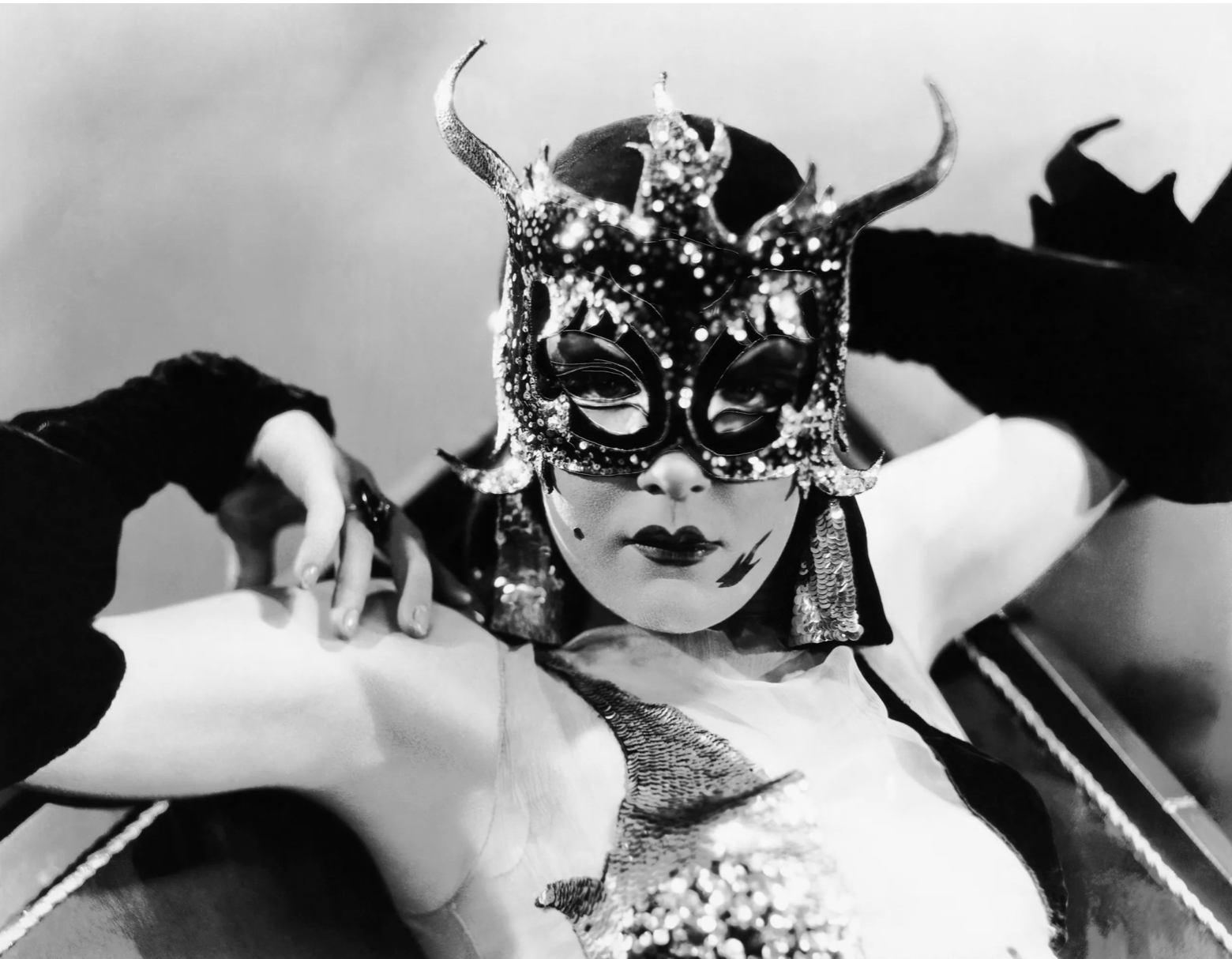
Pre-code Hollywood ranked, sex, crime and violence.
As a former Gen Z/ millennial I want to shed some light on Precode Hollywood and the many gems of work that emerged from its decadence. Let’s wistfully back on the era of the Motion Picture Production Code, also known as the Hays Code, a voluntary (well, technically) set of censorship standards Hollywood rigorously adhered to from 1934 through the late 1960s. It all began with a plea for a return to the halcyon days of yore when nice people made nice movies without a single exposed boob.
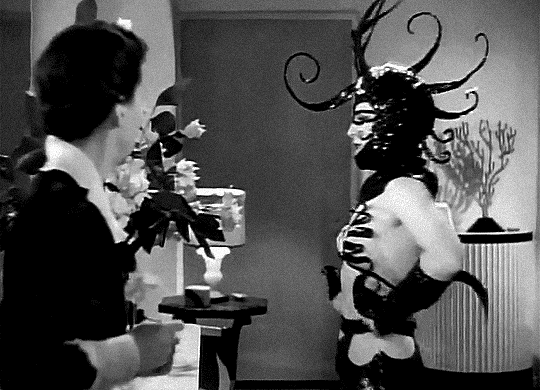
Kay Johnson mounts an elaborate masquerade ball in a dirigible, disguising herself as “Madam Satan” to win back cheating husband Reginald Denny. A surreal masterpiece.
The 20s were a time when lines between sex work and film were blurred in many ways. Keeping aside the debauched world of entertainment and parties, films too did not shy away from the taboo. It was a time when sex and nudity were almost normalized in the world of performance whether it was theatre, burlesque or on the silver screen.
Smutty movies aren’t a modern invention. From its earliest days, the movies have been sex obsessed (obviously). The production code just required Hollywood to be more subtle about it—but before the Hays Code was in place, the movies were plenty dirty.
When people talk about the “pre-Code” era, they’re generally referring to the “talkie” years, before the Code was formalized and enforced by studios…so roughly 1929 to 1934, with 1933 being a peak year. It’s not that these movies contained a lot of nudity or graphic sex—society in general still shedding the prudishness of the Victorians—but there was definitely greater freedom for films to explore adult sexuality.
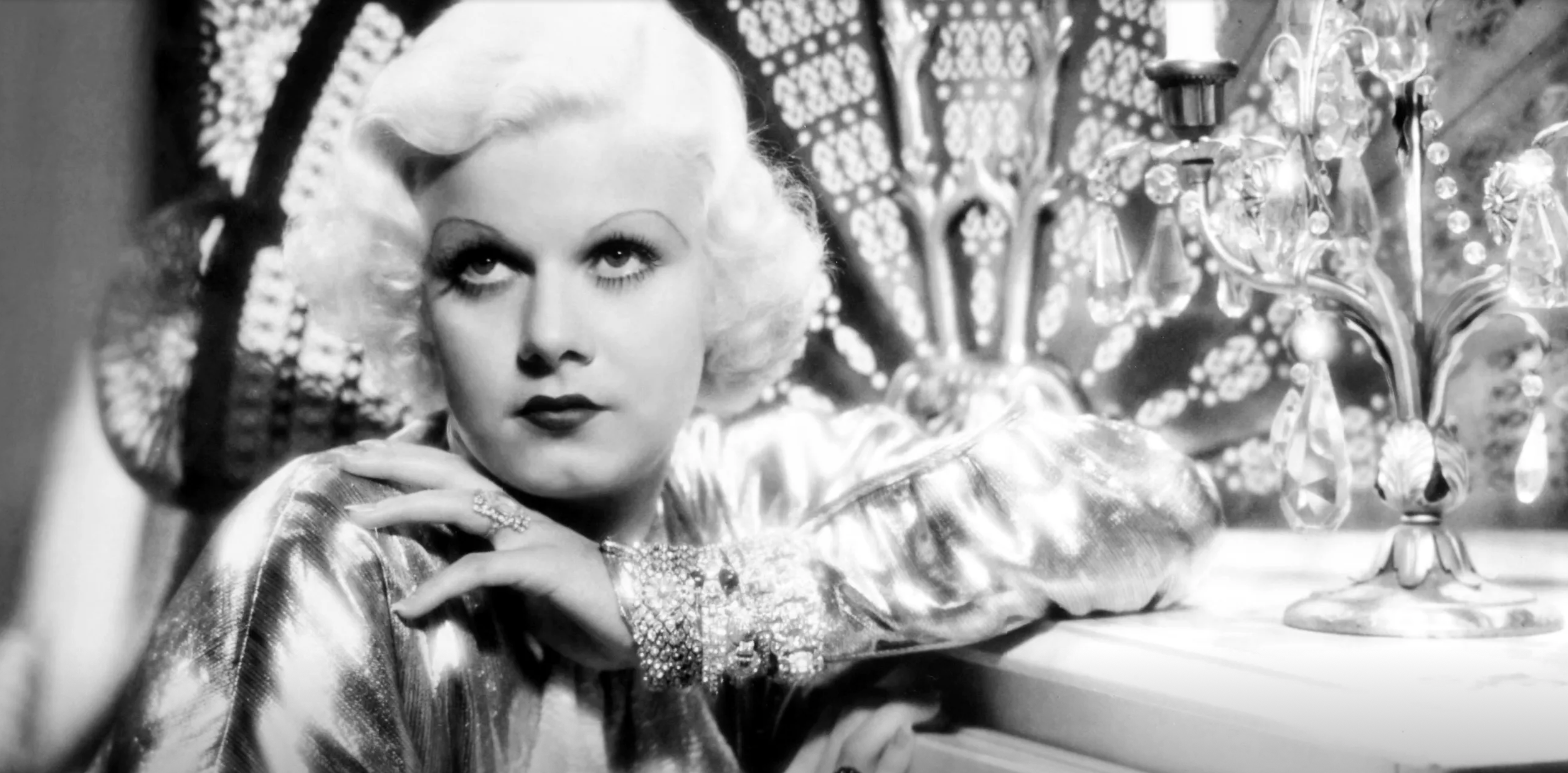
Pre-code films, especially sound films, were much more modern and open than one may expect from early films. Pre-code films were honest about taboo issues and much freer with language and even nudity. The Hays Code sought to crush that and focus on good Christian values in film. While the document itself was not openly religious, the language of the code contained deeply Christian undertones. Films of the Code era eventually found subtle ways to defy the strictures of the Hays office—directors like Hitchcock knew how to amp up sexual tension (and innuendo) to craft scenes that feel at least as sexy as actual sex scenes while also misdirecting the censors—and some of the greatest movies ever made were indeed made by either scrupulously following the rules of the Code, or by bending them in just the right ways.
So let’s take a look at some Lude, sensational and lust-filled masterpieces of the time!
The Divorcee (1930)
To appreciate the Production Code’s impact on Hollywood, contrast model wife Norma Shearer’s response to being cuckqueaned in this epitome of risqué chic and in George Cukor’s The Women (1939). While she suffered in silence at the decade’s end. A film about divorce and a woman’s revenge was scandalous in a time period when divorce was taboo (and could excommunicate a person from the Catholic Church). Films like The Divorcee are representative of the pre-Code era in this way. In 1930, a film in which a woman avenges her husband’s infidelity, a woman who can think and be upset that her husband cheated on her, was pretty controversial but nonetheless very successful and enjoyed by audiences.
Irving G. Thalberg, who was Shearer’s spouse and boss at MGM, had wanted Joan Crawford to headline this adaptation of an Ursula Parrott bestseller, which was considered so scandalous that the Hays Office refused to let the studio use its racy title, Ex-Wife.
Red-Headed Woman (1932)
Red Headed Woman is a prime example of the use of overt sexuality in older films, in a time when many think of film as a very buttoned-up and modest industry. Red Headed Woman is all about a woman who utilizes her sexuality to get what she wants from the men in her life. Homewreckers rarely prospered in Hollywood pictures, but Lil Andrews not only gets away with stealing Leila Hyams’ husband, but Chester Morris also refuses to press charges when she shoots him and Lil flits off to Europe to continue her gold-digging adventures with chauffeur Charles Boyer. Frustrated by F. Scott Fitzgerald’s po-faced attitude to “wicked lady novelist” Katherine Brush’s raunchy bestseller, Irving Thalberg recruited Anita Loos to make it clear that Lil enjoyed her power over men and the ill-gotten gains it brought her. Thalberg plumped for Harlow, who stood alongside Mae West as one of the era’s most gleefully impenitent vamps.
Murders in the Zoo (1933)
A pre- code Horror masterpiece. The gangster and monster cycles of the 1930s at Warners and Universal did push envelopes, as did the likes of Freaks (1932) and King Kong (1933). Paramount followed its gruesome H.G. Wells adaptation, Island of Lost Souls, with this dystopic Deco drama about a big-game hunter’s obsessive jealousy over his trophy wife.
Holding animal and human life equally cheaply, Eric Gorman (Lionel Atwill) is every bit as dastardly as Count Zaroff in The Most Dangerous Game (1932), as he exploits his wealth and status to punish those who dare to consort with his flirtatious spouse (Kathleen Burke). Following a grisly bout of lip suturing, the insouciantly sadistic Atwill also poisons a rival with a deadly mamba, pushes Burke into an alligator pit and unleashes countless big cats in an orgy of climactic carnage.
Baby Face (1933)
Barbara Stanwyck typified the pre-Code image of self-sufficient womanhood. In this Warner riposte to MGM’s Red-Headed Woman, Lily Powers lives up to the tagline “She had it and made it pay” by using the tricks she’d picked up keeping the customers satisfied at her pimping father’s sleazy speakeasy to sleep her way to the top of a swanky New York bank.
Based on a scenario that Daryl F. Zanuck devised with Stanwyck and sold to the studio for a dollar. Despised by some feminist critics, Baby Face remains potent and pertinent.
The Public Enemy (1931)
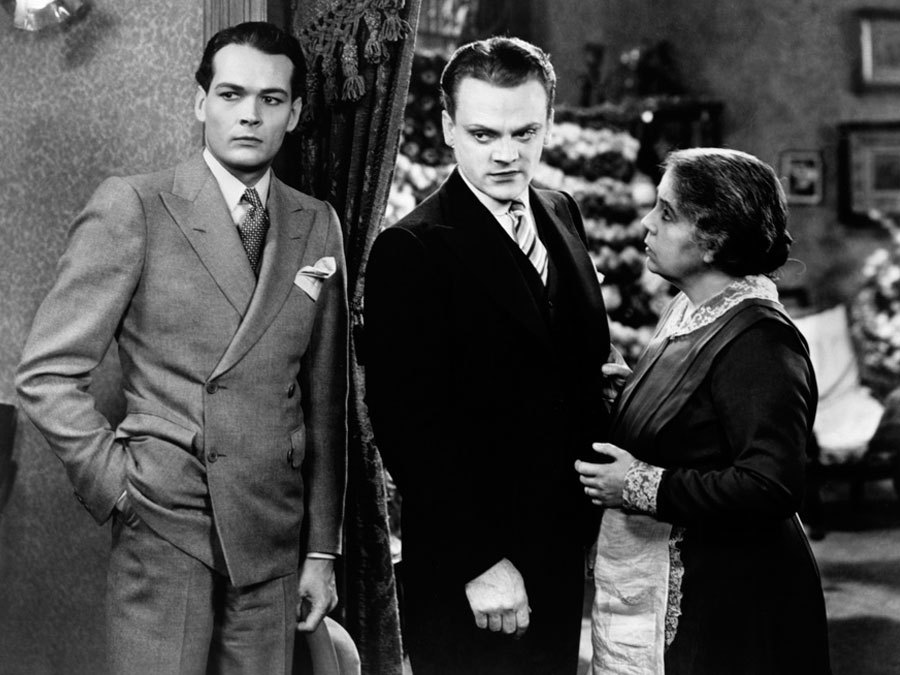
James Cagney was one of the biggest stars of Pre-Code Hollywood. Fortunately, Cagney’s career endured far after the Pre-Code era — which is something that can’t be said for a lot of actors. But there’s no doubt about it, Cagney rose to prominence during the Pre-Code years. The Public Enemy stars Cagney as an American gangster who gets caught up in bootlegging and a cycle of violence. The Public Enemy created the gangster genre as we know it today, the only reason it was made was that it existed before the Hays Code. The Code did not exactly promote films that romanticized crime such as those in the gangster genre. However, as fans of the genre know, gangster films are about the inner workings of the minds of criminals and the politics of crime.
The Haze code aftermath
As Hollywood continued to branch in new directions, many of which were considered scandalous by the MPPDA, William Hays found it easier and easier to gain support for enforcing censorship guidelines. By 1934, a resolution was passed that required that all Hollywood movies going forward would need a certificate of approval to be released. The five major film studios: MGM, RKO, Warner Bros., Paramount, and 20th Century Fox, had no choice but to agree.


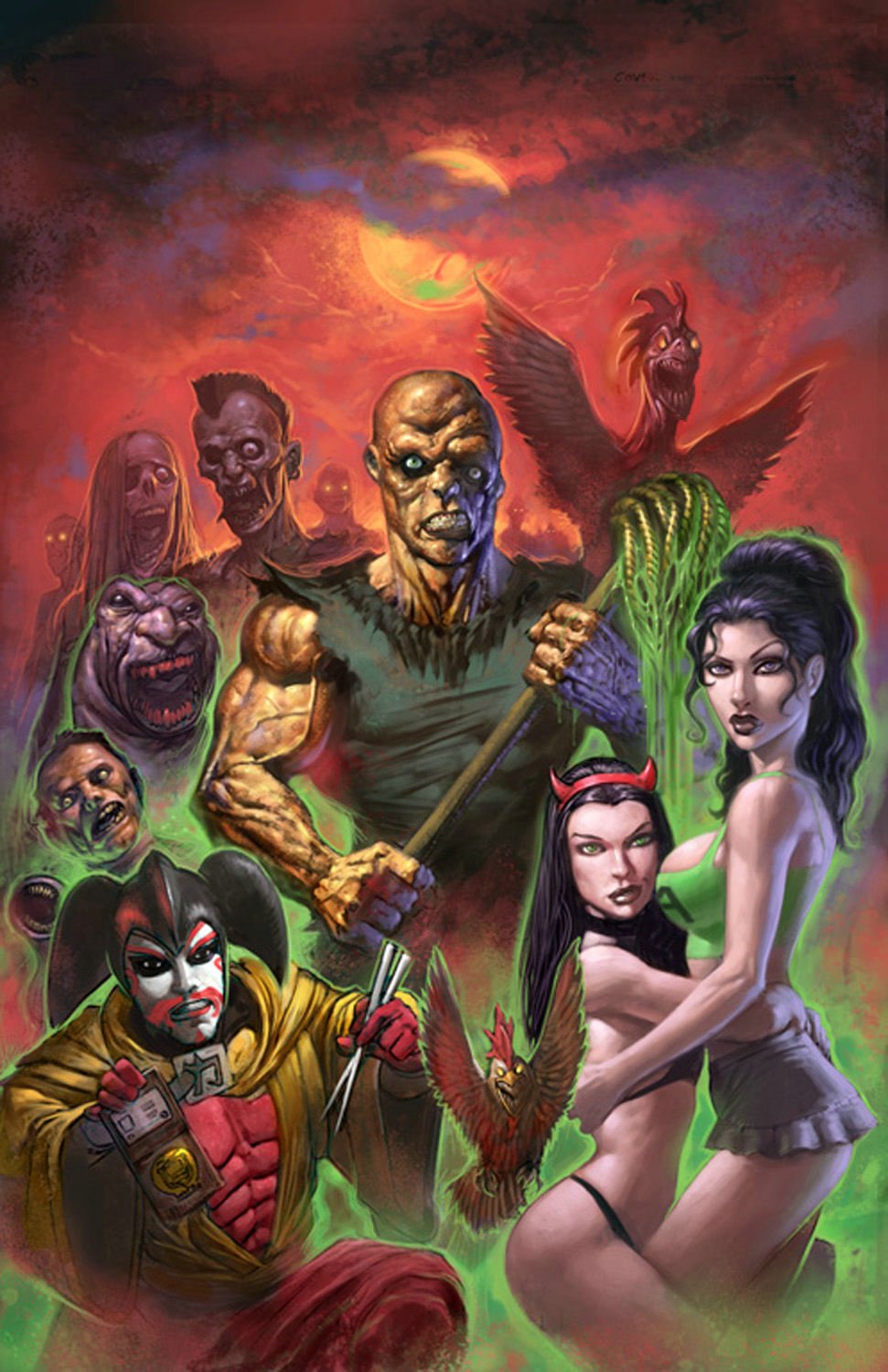

https://israelnightclub.com/
Excellent article. I certainly love this website. Keep writing!